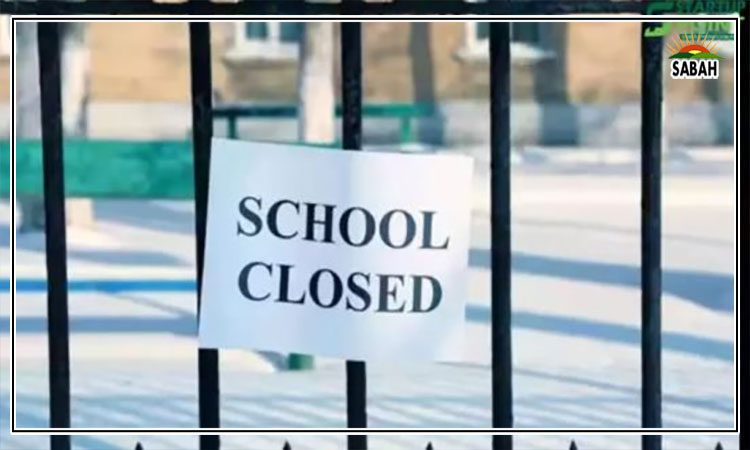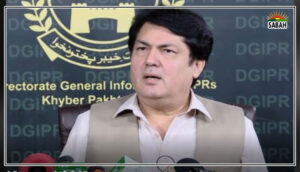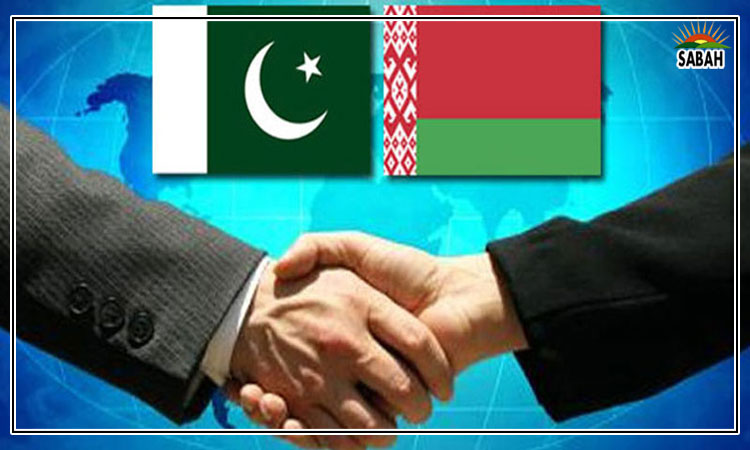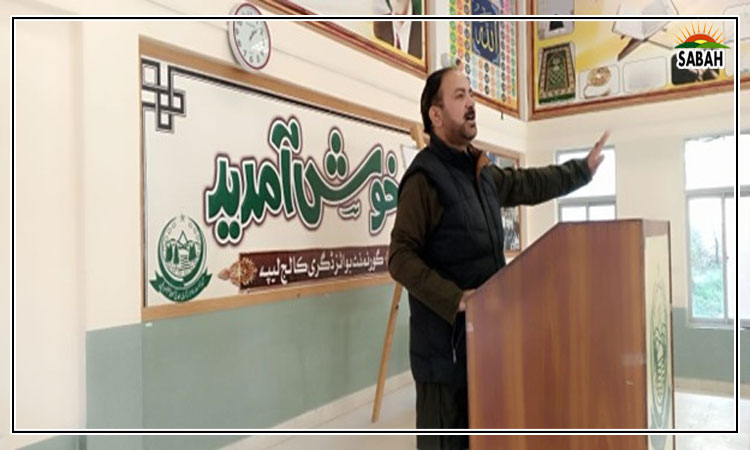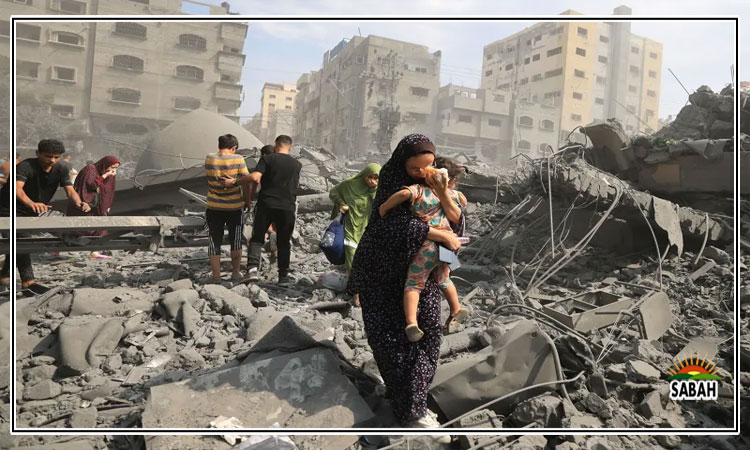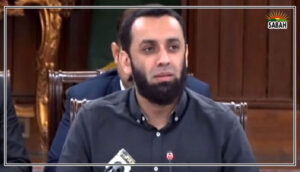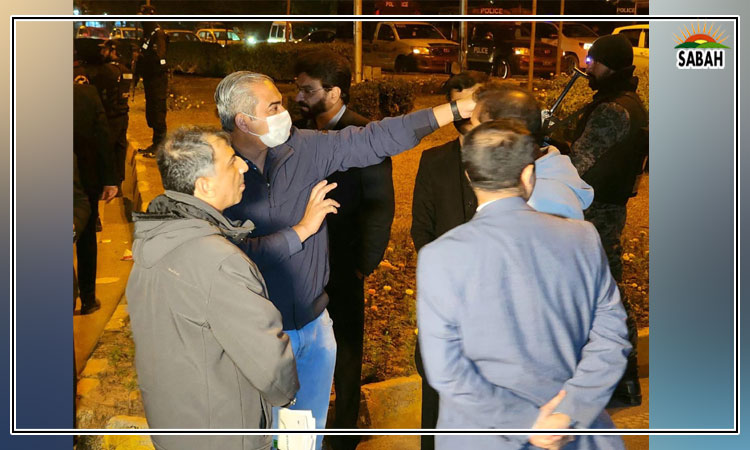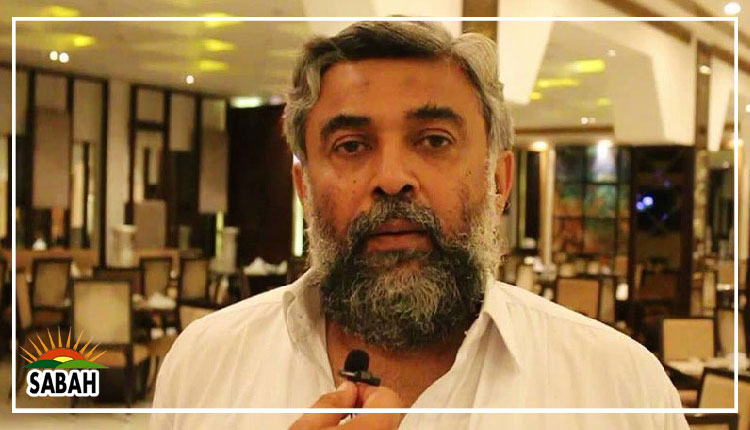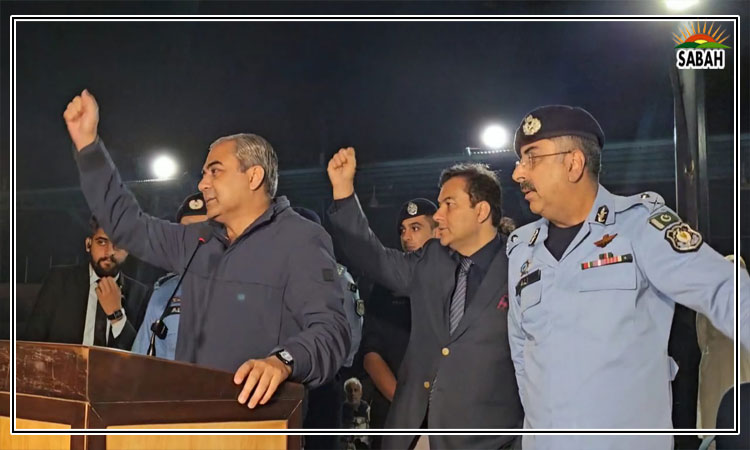Dealing with militancy…Kamila Hyat
Pakistan is seeing yet another wave of militant action, with the bombing of a mosque in Peshawar, which killed nearly 100 persons, most of them policemen, coming as the worst tragedy to hit the country since the 2014 bombing of the APS school.
The question now is how to defeat the militants. We have heard again and again that this would be achieved by fighting them through the force of the gun. But the reality is that it is impossible to kill every militant and to take away the gun of each and every fighter who kills a policeman or other member of security forces, as has been happening — especially since the US withdrawal from Afghanistan in the middle of 2021.
People ask then what the answers are. They are not easy to find. A full-fledged adoption of the National Action Plan worked out in 2015 would have helped but again, that plan was never carried out like others before it. It did mention measures to deal with terrorism which went beyond the gun and focused on school curriculums and driving out extremism from madrassahs as well as regular schools. It is also quite obvious that the bands of militants who operate in areas such as Waziristan, Swat, Dir, Bannu and other places, notably in the former tribal areas which now form a part of Khyber Pakhtunkhwa, will have to be defeated in one way or the other.
There must be a set of solutions to achieve this. The issue of rehabilitating militants is also a very important one. In many parts of KP, the police talk of a nexus between young unemployed people, criminal gangs and the militants.
These forces form a dangerous circle which joins hands in various ways and pushes forward militancy, year after year and indeed decade after decade.
After 2009, when militants had been cleared from the area, there was obviously a desperate need to do more. This included offering development opportunities in the area and employment for young people. Unfortunately, very little of this happened, and Swat today still lacks the kind of development and opportunities that it so badly needs along with other areas in KP and the former federally administered tribal areas in particular. There is very little literacy rate for both men and women. If efforts could be made to improve these statistics and get more people into employment, there would be a better chance for growth and a refusal to even look towards the past of the valley and of other areas where militancy has occurred before.
Sadly, we can see that militancy is back with us with another militant attack taking place in Waziristan a few days ago. Such violence only breeds further violence and is dangerous in many ways. We need to find a method in which it can be ended and people allowed to live totally normal lives. They desperately need and want this. There is already a clear indication that this is indeed the case and that they wish for a permanent peace, which can give them time to achieve the goals they strive for. How this can happen is something we all need to think about.
The political parties must lead the way forward and find a method that can enable people to live, as do other citizens across the country. Of course, even these citizens do not live in peace at all times and often struggle to survive.
But at least they have some degree of safety from violence and some hope of bettering their lives. This hope must also be injected into the country’s northern areas, which in the past have suffered from under-development, and a backward approach to governance which so often holds back people.
We should look at examples around the world to see how to achieve this and work towards the goal as quickly and as tirelessly as possible so that people everywhere, and particularly young people, are able to move on in life and find a new future for themselves and for their families. Without this, there can be no hope of anything changing forever in our northern areas and former tribal locations. These, it must be said, are meagre in themselves, but they are even more meager in former tribal areas where the education rate for girls in some locations is barely one per cent. All this has to change if we are to make a real difference and to truly defeat militancy.
A population which is better educated and brought up on books which guide them away from extremist content and thought is what is needed. It may not be possible to close down institutions that encourage extreme views, but some attention has to be given to restoring public-sector schools and bringing them back to the centre of education, as should be the case in every developing country around the world. When this does not happen, room is
left open for extremist groups to operate more freely and with more zeal.
Now that we can see a clear pattern of militancy emerge, action is required immediately. We hope a plan can be worked out for this and that the plan recognizes that guns and batons are not enough. We need far greater action, which should begin in schools and with the media, as well as programmes to rehabilitate those who have been fed extremist propaganda and place before them a different future and a different way to look at life before they are altered forever and we have a still greater number of youth falling into the hands of the TTP and similar groups.
Courtesy The News



